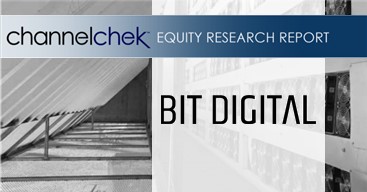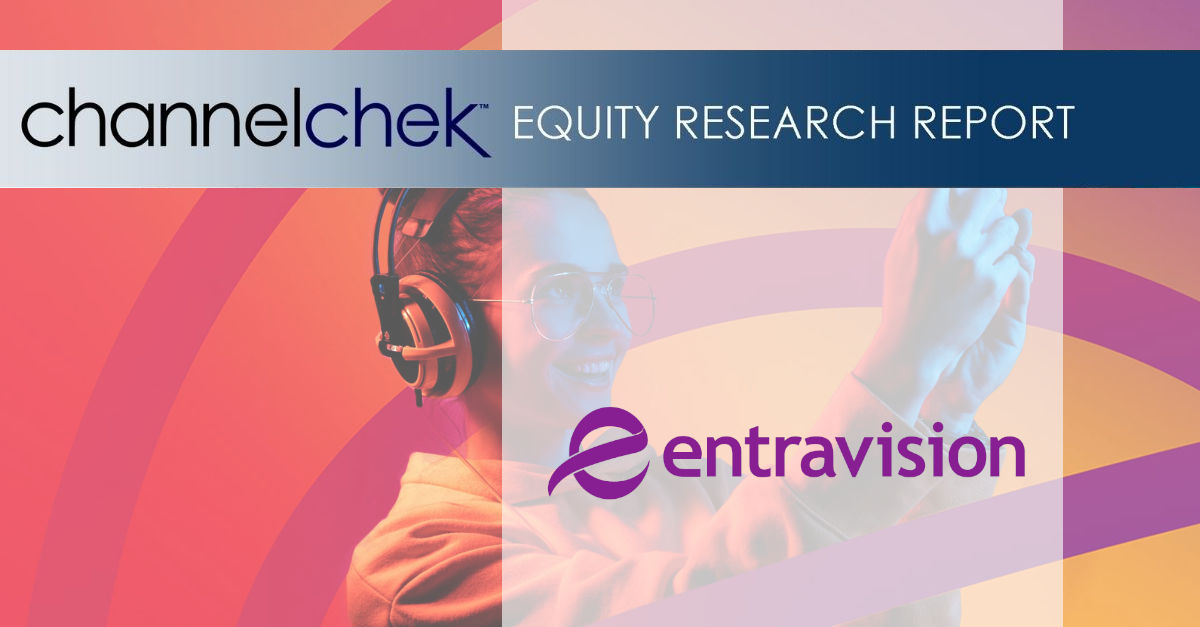Business intelligence software company MicroStrategy has seen its stock price explode in 2023, gaining a massive 337% so far this year. This meteoric rise is almost entirely fueled by the company’s big bet on bitcoin starting in 2020.
Unlike other major tech stocks like Nvidia and Meta which rely on growing revenue and market share, MicroStrategy’s appeal to investors stems from its holdings of the popular cryptocurrency bitcoin. The company has accumulated around 174,530 bitcoins worth approximately $7.65 billion as of late December 2022. MicroStrategy began buying bitcoin in July 2020 as a way to invest its excess corporate cash.
At the time, MicroStrategy was a relatively small software company with minimal profits. But its co-founder and then-CEO Michael Saylor saw an opportunity to boost returns on idle cash by purchasing bitcoin, which he viewed as “digital gold.” This allowed stock investors to gain exposure to bitcoin prices without directly buying the cryptocurrency.
Remarkably, MicroStrategy’s market valuation is now over $8 billion, meaning 90% of its value comes directly from its bitcoin holdings rather than its core software business. When bitcoin rises or falls, so does MicroStrategy stock. For example, 2022’s bitcoin plunge of 64% dragged MicroStrategy shares down 74%.
Saylor’s Bitcoin Bet Pays Off Big for MicroStrategy
Michael Saylor first announced MicroStrategy’s new bitcoin buying strategy in July 2020. At the time, the company had over $500 million in cash and short-term investments, but was earning little return due to rock-bottom interest rates.
Saylor decided that bitcoin offered a better store of value than either cash or gold. By Q4 2020, MicroStrategy held over 40,000 bitcoins and its stock had doubled for the year. Fast forward to 2023, and Saylor’s bitcoin bet has multiplied MicroStrategy’s stock price over 5-fold from its pre-bitcoin days.
Despite stepping down as CEO in 2022, Saylor remains executive chairman and a bitcoin bull. He expects mainstream adoption of bitcoin as an asset class to grow from 0.1% of global capital to 0.2% and higher. While bitcoin ETFs may provide some competition when approved, MicroStrategy retains an advantage in actively managing its bitcoin trove.
MicroStrategy Now Viewed as a Bitcoin Holding Company
MicroStrategy was founded in 1989 and operated for most of its history as an under-the-radar provider of business intelligence software. But bitcoin has thrust the company into the spotlight, to the point where it is now valued essentially as a bitcoin holding company.
This represents a novel use of corporate cash. Some other companies like Tesla and Block (Square) have also put portions of their balance sheet into bitcoin. However, MicroStrategy is unique in that bitcoin comprises 90% of its market valuation.
In 2023, investors have rewarded MicroStrategy’s first-mover status with a “scarcity premium” as one of the only publicly traded ways to gain pure-play exposure to bitcoin prices. However, this premium could erode as new spot bitcoin ETFs enter the market. But for now, MicroStrategy remains a one-of-a-kind bitcoin play for stock investors.
MicroStrategy Keeps Buying More Bitcoin
Despite its already enormous bitcoin position, MicroStrategy shows no signs of letting up in its accumulation of the cryptocurrency. In November 2022, the company purchased another 16,130 bitcoins for over $593 million.
MicroStrategy has adopted an aggressive “buy the dip” strategy, utilizing its steady software cash flows to continue building its bitcoin treasury. So far this strategy has paid off tremendously for shareholders.
However, detractors point to the huge risks inherent in MicroStrategy’s ultra-high concentration in such a volatile asset. Bitcoin prices can see massive swings, as in 2022 when it fell from nearly $69,000 to under $17,000 by year-end. But Michael Saylor firmly believes bitcoin will continue appreciating over the long term.
MicroStrategy Stock Surges as Bitcoin Short Sellers Get Burned
With such an enormous bet on bitcoin, it’s not surprising that MicroStrategy has been a prime target for short sellers betting against further bitcoin-fueled stock gains. About 23% of available MicroStrategy shares are currently shorted, the second highest percentage among crypto-related stocks.
But so far, the short sellers have been the ones getting burned. In just the first three quarters of 2022, over $2 billion worth of short positions were covered at a loss. Data shows short sellers lost approximately $1.4 billion specifically on bearish MicroStrategy bets this year.
If bitcoin rebounds strongly in 2023 as many analysts expect, it could force even more short covering and propel MicroStrategy shares even higher. This dynamic explains why MicroStrategy has so dramatically outpaced bitcoin itself in 2023, more than doubling the cryptocurrency’s own gains.
Conclusion: One-of-a-Kind Bitcoin Play
In conclusion, MicroStrategy has morphed from an obscure software maker into a one-of-a-kind publicly traded bitcoin holding company. It offers stock investors unparalleled exposure to bitcoin’s price movements, both good and bad.
Led by a crypto-bullish CEO, the company has accumulated a $7.65 billion bitcoin hoard and adopted a “buy the dip” strategy. So far, this move has massively rewarded shareholders in 2023, though not without major risks. With bitcoin poised to potentially become a growing asset class, investors are keeping a close eye on this unique bitcoin proxy play in MicroStrategy stock.
| Take a moment to look at Bitcoin Depot and Bit Digital, emerging digital asset companies. |














